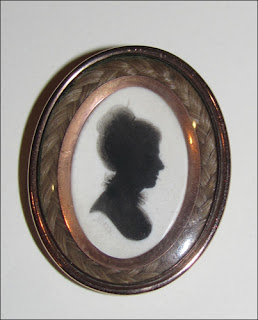A Call for Old Corktown Photographs
Dear Neighbors, As anyone who reads this blog knows, long descriptions and lists of names can only go so far in re-creating Corktown's past. There is no substitute for historical photographs when it comes to bringing that past to life. In the name of preserving and sharing Corktown's history with neighbors, researchers, and anyone else interested in our neighborhood, my neighbor Scott Robichaud and I have started a photo group on Flickr.com which you can find here: www.flickr.com/photos/corktownhistory This photo group contains a modest collection of images so far, but we hope that submissions from our neighbors help it grow into a useful library of historical Corktown images. Here is an overview of what we have available right now: In 1976, all of the structures in many of Detroit's historic neighborhood were photographed in what was called the Detroit Urban Conservation Project. Previously, the only digitized versions of these images were found at PlacePromo.com , but a...







